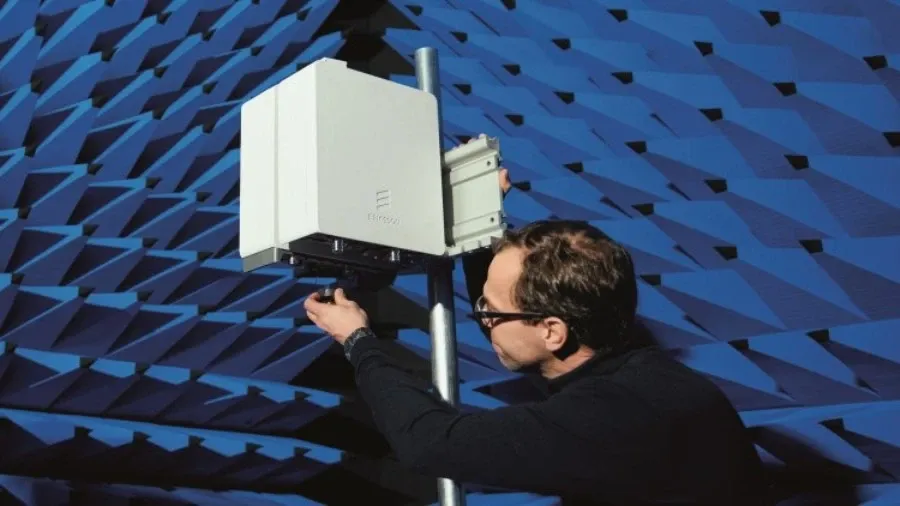Orange and Ericsson Deploy 5G Network for Madrid Public Safety
In a collaboration for the Madrid Council, Orange and Ericsson are equipping the city’s public and emergency services with advanced connectivity.

Ericsson unveiled its Standalone 5G NR software for 5G mid- and low bands. The software became globally available to all customers in June.
With this solution, communications service providers can now operate 5G NR without the need for signaling support from an underlying LTE network. This will allow service providers to add 5G NR to existing 4G sites with a simpler architecture, or deploy 5G independently in new areas such as factories, to support enterprise applications and services. All Ericsson Radio System equipment deployed since 2015 can support Standalone 5G NR capabilities with a software installation.
To date, 5G networks have been deployed in Non-standalone (NSA) mode where the underlying 4G network layer supported the necessary signaling. Standalone 5G NR removes this 4G dependency. With Standalone 5G NR, faster network connection times, simpler mobility management and immediate access to wide 5G bands provide an even better user experience.
“Over the past year, we have worked closely with many customers to successfully deploy Non-standalone 5G. These 5G networks have enabled higher data speeds and new use cases. Now we are taking the next step in the evolution of 5G by making generally available the software to support Standalone 5G NR networks. These standalone capabilities will enable even more use cases and applications,“ said Per Narvinger, Head of Product Area Networks at Ericsson.
Ericsson has completed Standalone 5G interoperability with key ecosystem partners. Standalone devices are expected to become available later in 2020. With the general availability of Standalone 5G NR software on low and mid bands, Ericsson now offers an end-to-end Standalone 5G solution. This is supported by the 5G Core (5GC) and the company’s diverse 5G radio portfolio.